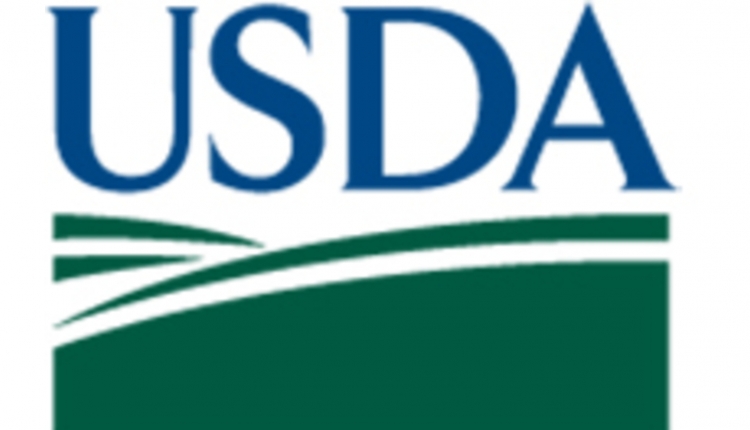
Dairy cows are at the greatest risk for new mastitis infections during the early and late dry period.1 An effective dry cow therapy program can help minimize the number of new infections during the dry period and limit clinical mastitis at freshening.1
“Mastitis is due to multiple factors and can be especially challenging in the summertime,” stated Linda Tikofsky, DVM, senior associate director of dairy professional veterinary services, Boehringer Ingelheim. That’s why an effective dry cow management program is typically multifaceted.
Take Preventive Measures
“During the summer months, we need to reduce the bacterial challenge and make sure our cattle are as resistant to new infections as possible,” Dr. Tikofsky said. To help prevent mastitis:
- Reduce bacteria in the environment: “Bacteria like three things,” reported Dr. Tikofsky. “They like food such as manure, they like warmth, and they like humidity. So, as it gets warmer, the environment becomes more conducive to bacterial growth.” To help minimize bacteria in the environment, clean stalls and alleyways several times a day to remove organic matter.
- Follow good parlor procedures: Good procedures include making sure milking equipment functions properly and teats are clean and dry before attaching milking equipment. You’ll want to use an effective teat dip immediately after milking and maintain good udder hygiene between milkings.
- Keep cows cool and comfortable: Maintaining good ventilation and using fans, sprinklers and misters can help minimize stress that can compromise the immune system.
Know the Mastitis-Causing Bacteria on Your Dairy
Identifying the bacteria that cause trouble on your dairy can help determine if an infection warrants treatment. “We know from research that not all mastitis cases need to be treated,” Tikofsky noted. “In some cases, the cow will cure herself.”
For those infections that need treatment, knowing the pathogens involved can help you select antibiotics that will be most effective.
“We also know that some pathogens will not respond to any antibiotics,” said Dr. Tikofsky. “There’s no effective treatment for Mycoplasma species, for example, and Pseudomonas species are resistant to most antibiotics.”
To identify the specific pathogen, producers can take a milk sample, culture it and wait 24 hours for results before deciding to treat in mild to moderate cases. Sampling can be done without a negative effect on cure rate or animal welfare. However, for severe mastitis cases, treat cows right away with an appropriate treatment protocol.
Incorporate a Three-Part Dry Cow Therapy Program
A comprehensive dry-cow program should include:
- Antimicrobial infusions to treat current subclinical udder infections and help prevent the development of new infections.
- A teat sealant to supplement the natural keratin plug and further prevent exposure of the teat canal to bacteria.
- A coliform mastitis vaccine that’s effective against Escherichia coli and the effects of endotoxemia caused by E. coli and Salmonella Typhimurium. “Producers may want to consider incorporating a booster before the hot days of summer,” suggested Dr. Tikofsky.
Involve Your Veterinarian
“Your veterinarian understands the disease process, the bacteria responsible and the management practices on your dairy,” explained Dr. Tikofsky. “They can be very good counselors in helping you develop a good mastitis prevention and treatment protocol.”
Reference:
1 National Mastitis Council. Dry cow therapy. 2006. Available at: http://www.nmconline.org/wp-content/uploads/2016/09/Dry-Cow-Therapy.pdf. Accessed January 2, 2019.
Improving the health and quality of life of patients is the goal of the research-driven pharmaceutical company Boehringer Ingelheim. The focus in doing so is on diseases for which no satisfactory treatment option exists to date. The company therefore concentrates on developing innovative therapies that can extend patients’ lives. In animal health, Boehringer Ingelheim stands for advanced prevention.
Family-owned since it was established in 1885, Boehringer Ingelheim is one of the pharmaceutical industry’s top 20 companies. Some 50,000 employees create value through innovation daily for the three business areas human pharmaceuticals, animal health and biopharmaceuticals. In 2017, Boehringer Ingelheim achieved net sales of nearly 18.1 billion euros. R&D expenditure, exceeding three billion euros, corresponded to 17.0 percent of net sales.
As a family-owned company, Boehringer Ingelheim plans in generations and focuses on long-term success rather than short-term profit. The company therefore aims at organic growth from its own resources, with simultaneous openness to partnerships and strategic alliances in research. In everything it does, Boehringer Ingelheim naturally adopts responsibility toward mankind and the environment.
More information about Boehringer Ingelheim can be found at www.boehringer-ingelheim.com or in our annual report: http://annualreport.boehringer-ingelheim.com.
About Boehringer Ingelheim Animal Health
Boehringer Ingelheim is the second largest animal health business in the world. We are committed to creating animal wellbeing through our large portfolio of advanced, preventive healthcare products and services. With net sales in 2017 of 3.9 billion euros ($4.4 billion) and around 10,000 employees worldwide, we are present in more than 150 markets. For more information, visit here: https://www.boehringer-ingelheim.com/animal-health/overview.


